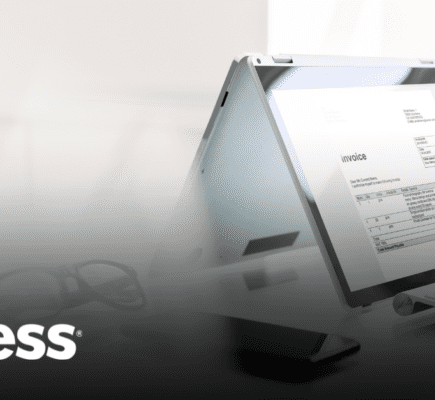
With the New Year quickly approaching, companies large and small are striving to complete any long-standing projects, reach year-end goals and develop new plans and strategies for the future. This time of year, it’s also a good idea to consider implementing a Records and Information Management (RIM) practice for your business, or, if you have one in place already, brushing up on RIM best practices to make it more efficient and valuable.
Why Records Management?
Records Management delivers significant benefits to the companies that implement a solid program. Core benefits include cost savings from reduced administrative work and better use of office space, better security for your data and information, and improved efficiency through being able to find and use critical information to drive better business decisions. Beyond that, good records management processes help create a more professional and uncluttered working environment and reduce your risk of compliance failures and fines. If you had to sum it up, having a good records management program is simply good business practice just like having insurance is a sound practice.
The Keys to an Effective Records Management Strategy
A series of RIM best practices, developed by professionals to ensure that the best methods and processes are used, will contribute to the success of a records information management program. Following these standards and guidelines is especially important today as the multitude of different types of information available, as well as the expanding regulatory environment, have made RIM increasingly complicated.
A good program covers everything from physical and digital files to emails and social media posts, and a RIM partner can help organizations manage all their physical and digital records more efficiently.
1. Information Governance
Information governance as it refers to the information collected, created and utilized by a business is the complete management of the data in all its forms—this includes the availability, integrity and security of the data. Subsequently, a strong focus on information governance is vital to the development of an effective RIM strategy.
2. Consistency Across the Entire Organization
Only by implementing a program that remains consistent throughout the entire organization can a RIM strategy truly be successful. All levels of management and staff must adhere to the same guidelines and protocols for information retention to effectively reduce or eliminate any loss of files and data.
3. Retention Strategy
Retention strategies must be developed and implemented to accommodate all types of files and data. The conversion of records, as well as the migration of data from one computer platform, storage device or medium to another, must also be considered when developing your retention strategy. A professional RIM partner can help facilitate this process and help you create a customized retention strategy specific to the needs of your business and its inherent data.
4. Policies and Procedures That Keep Your Organization Compliant
Strong data security must also be a major component of your RIM strategy. A data breach doesn’t just compromise your business, but also potentially the personal and sensitive information of customers and clients. A business that is the victim of a data breach where customer information has become vulnerable can be subject to large fines and lawsuits.
Establishing policies and procedures that keep your organization compliant with regulations governing the security and privacy of sensitive information protects both your business and those whose data you’ve collected.
5. The Ability to Find and Access Documents Securely
When you need to locate data and files for audits, litigation purposes or simply just to review, ensuring that you can do so easily and securely should be a part of your RIM strategy. Today’s technology offers the means to establish security parameters allowing authorized access to files and data with ease.
6. Secure Destruction/Shredding/Disposal of Expired Documents
The purging of physical records and documents that you are no longer required to keep, whether it be that the data has expired or that the information has been securely backed up, is also a critical part of a RIM strategy, and each New Year is a great opportunity to dispose and destroy said records.
Often overlooked or delayed because it can be a time-consuming process, document shredding and disposal can be done securely and efficiently when following the proper protocol that keeps you compliant. Partnering with a RIM provider that offers secure offsite storage, scanning and shredding and document destruction can greatly benefit your RIM strategy and ensure consistent, long-term and secure document disposal.
This coming year, make records information a priority so that your business can recognize the benefits of having a well-structured and secure RIM program.



